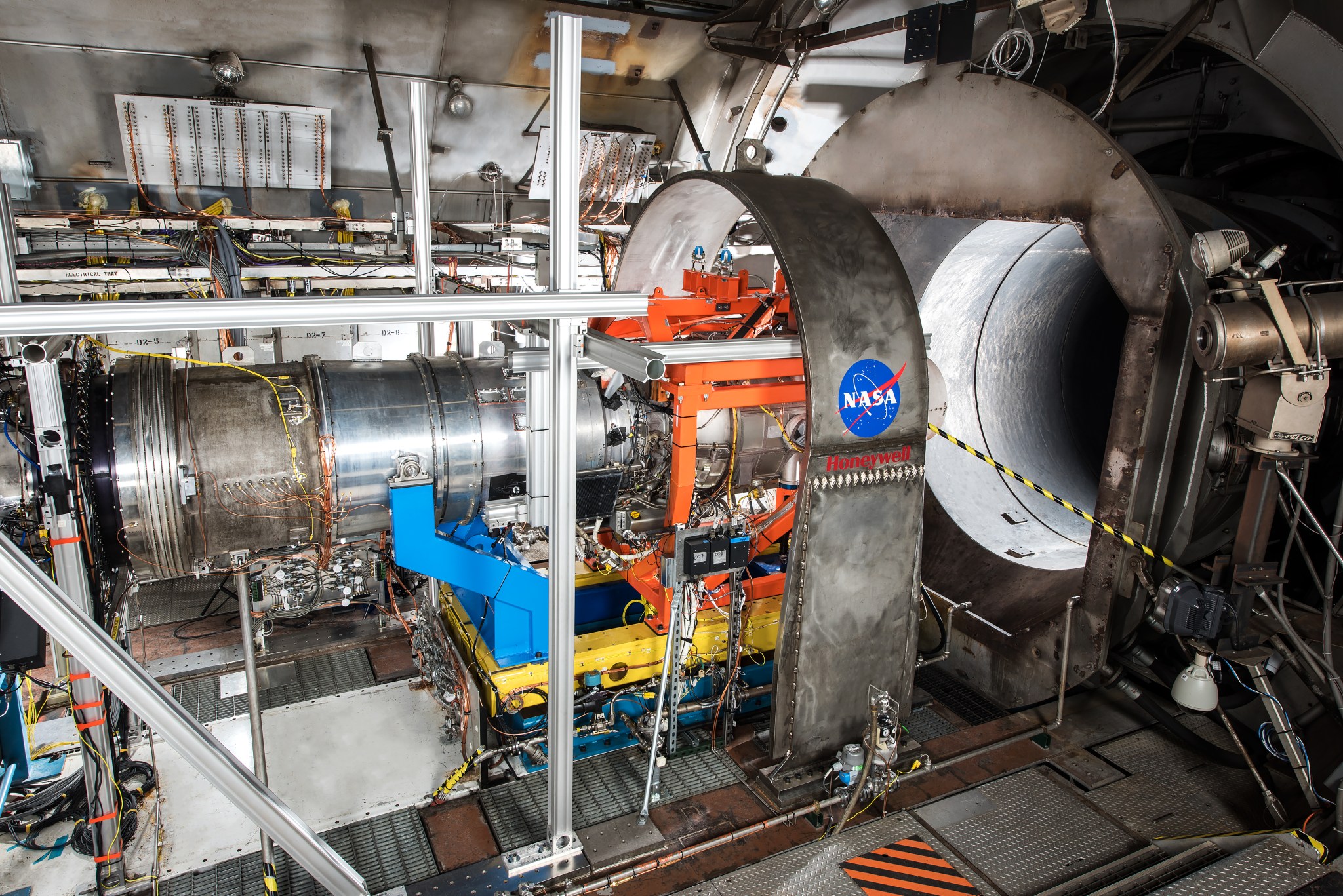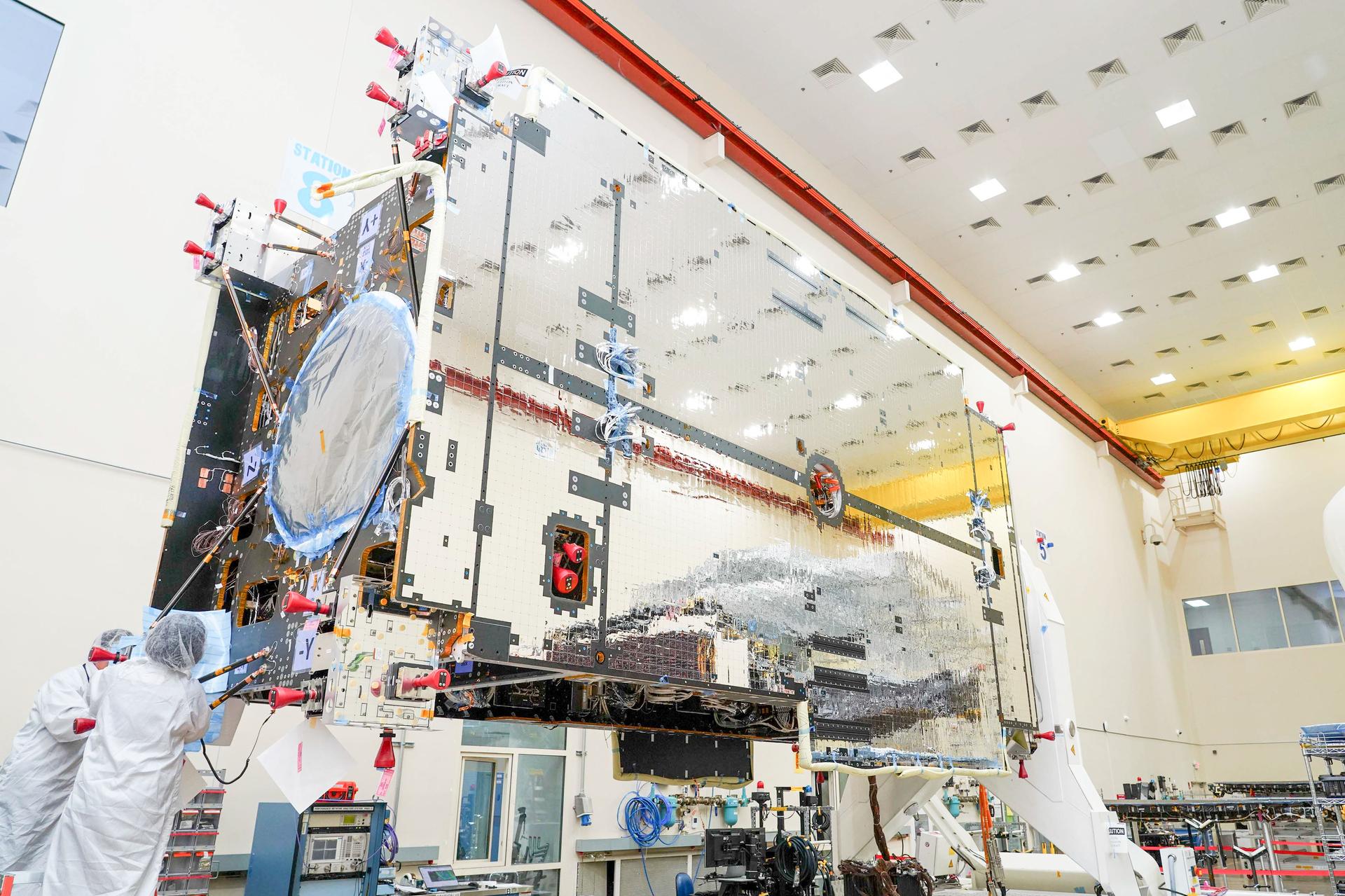Sometimes ice can be good, like when it is cooling down a beverage on a hot day or when athletes are gliding over it at the Winter Olympics, but when it forms inside an aircraft engine, the results can be damaging.
In January, NASA’s Glenn Research Center began testing an aircraft engine in a high-altitude ice crystal environment, to explore a relatively new phenomenon called ice crystal icing. This occurs when ice crystals found at high altitudes enter an engine’s core and combine and grow causing loss of thrust, engine stall, surge and potential damage due to ice shedding.
NASA Glenn has partnered with Honeywell for this study to explore the characteristics of ice accretion within operating aircraft engines.
“The Honeywell uncertified research engine was built to meet similar performance criteria as a family of Honeywell gas turbine engines,” said Nicci Reising, Honeywell’s test engineer at NASA Glenn. “These test results can be applied to future Honeywell aircraft engines.”
“We are exploring the limits of how ice builds up within an engine and moving that ice to different locations to see how its behavior changes,” said Ashlie Flegel, NASA Glenn’s engine icing technical lead. “The test will also provide insight into how the ice particles are breaking up after passing through the fan.”
The engine model used in this test does not have any known engine icing issues, so for this particular study NASA engineers have applied risk analysis to find conditions that cause engine ice to form. They then varied temperature, fan speed and ice content to observe how icing behavior changed and will use the collected data to enhance future engine designs by reducing icing risks.
“As new engine technologies strive for smaller cores that are highly efficient and lightweight, understanding how design changes impact the potential icing risk is crucial in order to maintain aviation safety,” said Flegel.
The icing research being done at NASA Glenn is one-of-a-kind, and NASA currently has the only facility in the world that can test full-sized engines and rigs at relevant ice crystal icing conditions.
As more planes enter the airspace and the likelihood of flying into icing regions increases, Glenn’s icing research is of the utmost importance to the future of engine design and aviation safety.
Debbie Lockhart
NASA’s Glenn Research Center



























